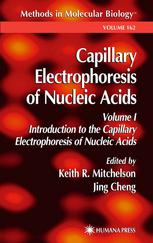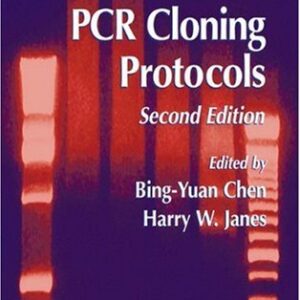The ontogeny of lymphoid cells seems the most appropriate place to start. The early events in T and B cell ontogeny are still confusing. There seems to be no agreement on the data and on the semantics of the question of progenitor vs. stem cells. Nevertheless, we are beginning to understand more about progenitor cells which are committed to particular cell lines, and about stem cells in the sense of having almost unlimited capability of giving rise to undifferentiated progeny. An important future development will be to determine the nature of the substances that attract stem cells and which are produced by specialized thymus epithelium, and perhaps by the bursa. The way stem cells recognize these signals is an important question to answer. Not predictable from mammalian models has been the observation that there is a lack of cells called into the bursa even before the signal for entry of stem cells has been shut off. A likely model suggested that after a certain point in development there were no longer any cells capable of migrating into the bursa and becoming B cells. A fascinating possibility is the suggestion that a cell comes into the bursa, is not committed, then can still wander into the thymus. This cell does not appear to have B cell characteris? tics; that is, immunoglobulin is not expressed on its surface.

![[PDF] Avian Immunology A. Szenberg (auth.), Albert A. Benedict (eds.)](https://pdfelite.com/wp-content/uploads/2024/04/ba65287cf35dcd7d2ec0ea57bce3125a-d.jpg)




Reviews
There are no reviews yet.